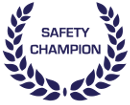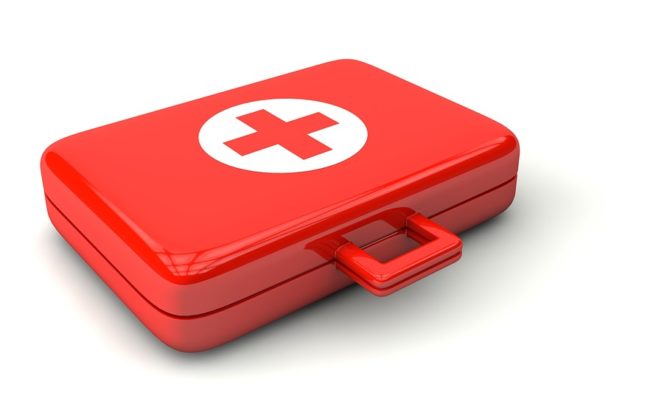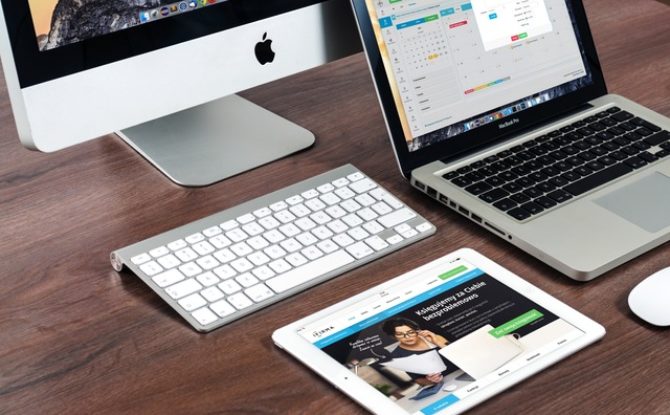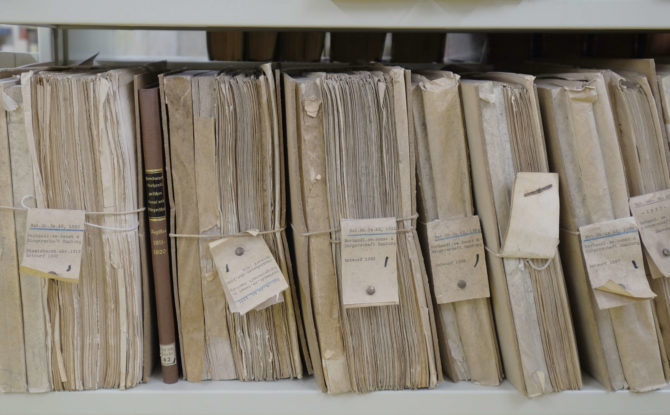So, you’re thinking about bringing your safety program online. Fantastic! Of course, we’re going to say that, being a cloud-based safety software business. But our safety consultant brains also say the same, regardless of which safety software you choose to bring on board.
Why? Because whether it’s Safety Champion Software or another, online safety software systems can keep your safety program humming. And as health and safety consultants, we see this. One of the most common issues we hear from the businesses that we work with, is requests for ways, that they can keep their safety program on track.
After identifying what good safety practices look like for a business, the challenge is often how does the business establish a way to ensure that the relevant people perform the assigned activities, when scheduled?
– Craig Salter
Action OHS Consulting Director & Safety Champion Founder
Seriously, your safety program can see real and lasting benefits from streamlining your safety procedures with a cloud-based safety system to keep everything scheduled, ticking along, and improving at the same time.
Here’s a 4 reasons why it’s good for your business to bring safety online sooner rather than later:
The sooner you start, the sooner you can capture your data
We hear it all the time these days. Data-driven approaches, actionable insights, meaningful data analytics… these are all terms that float around our professional circles daily, regardless of your line of work. But seriously, data – more specifically, the data you collect in your own organisation, that aligns with your own challenges, your own needs – can really help you improve your safety program. Imagine if you could see trends in the types of incidents that were reported over the last 6 months at a simple click of a button. Or if you could see which department was lagging in terms of tasks completed over the last quarter, or you could see which task were generally harder to complete, so you could contextualise some training to assist.
These kinds of insights can be pivotal to ensure you are spending time, money and resources in the right areas – the areas that will really help increase the safety of your people.
The sooner you start, the sooner you’ll save money
Let’s cut straight to the chase. Think about the number of hours you or your people spend trying to keep safety on track; reminding people to perform that safety task; following up on the paperwork for that reported incident or corrective action; chasing up the last time your workers completed that training, looking through the filing cabinet for the record of that certification; or, preparing reports for departments, regions or the organisation, etc., etc. Well, all that time means money. And all that time could be used for more important things like “doing safety” rather than “doing admin”.
Online safety software – when it’s done right – with save you a crazy amount of time as automated reminder emails are sent to the relevant stakeholders to remind them of upcoming task, whilst at the same time escalating notifications to management if tasks are not completed; all records are a click away and can be accessed in no time, ready for easy download; pre-programmed workflows allow real-time visibility of the status of your safety program to management, ensuring that your safety program is managed both now and in the future; or, reporting is always available, in real-time and most importantly accurate– nothing forgotten. Given our software generally offers a payback period of between 6 and 10 months, it’s clear that online safety software will save you time, concern, worry and importantly money.
Furthermore, as a manager, how do you monitor implementation, without creating unnecessary administration, or moving down a pathway of micro-management?’
– Craig Salter
Action OHS Consulting Director & Safety Champion Founder
The sooner you start, the sooner you’ll know what’s going on
We don’t mean to scare people when we say this, but as a business owner or person in charge, you have a legal duty to provide a safe workplace for your people and anyone who visits your workplace. And when reviewing the legislation more closely, it’s clear that you must have current knowledge of the safety hazards in your workplace; and be able to demonstrate what you are actively doing to mitigating the risk associated with those hazards.
So, safety software doesn’t only make sure that things tick along, it gives business owners and managers clear, real-time oversight of the whole safety program, whenever, wherever. So, since it’s a legal requirement that you know what’s going on, should the Safety Regulator come knocking, a cloud-based safety software system is just the thing to give you a one-stop-shop to: direct, review and oversee your entire safety program.
The sooner you start, the sooner your people will thank you
Trust us. They will thank you. They are sick and tired of trying to get people enthused about completing safety tasks, following the procedures, or keeping up with their owning training and documentation. They are also over how hard it is to let the right people know that there is a safety hazard that really needs to be addressed, and today. “Who do I tell? Where is the form again?”. “Why should I bother telling them, last time they did nothing”.
Thankfully, online safety software systems have been designed to make things easier, faster, communicate more broadly, and be more streamlined for everyone involved. It’s easier for the people behind your safety program, for you, and for the people that your safety program is there to protect – all workers and visitors! Safety Champion, for one, is a system we made specifically to simplify the process so that it will no longer be a chore to get involved in safety, it will be something that simply becomes ‘what you do’ – business as usual! Just imagine.
So, if after reading this, you want to get an online safety management software system up and running sooner rather than later, contact us. We’d love to take you through ours – we’re darn confident it’ll help.

























